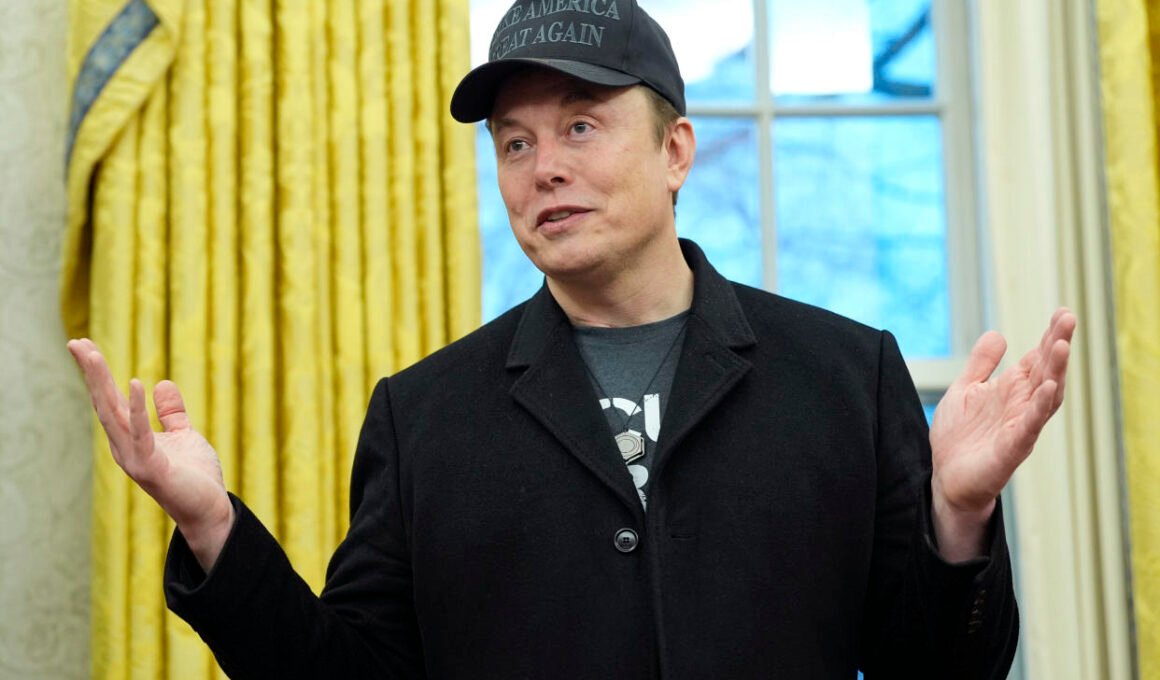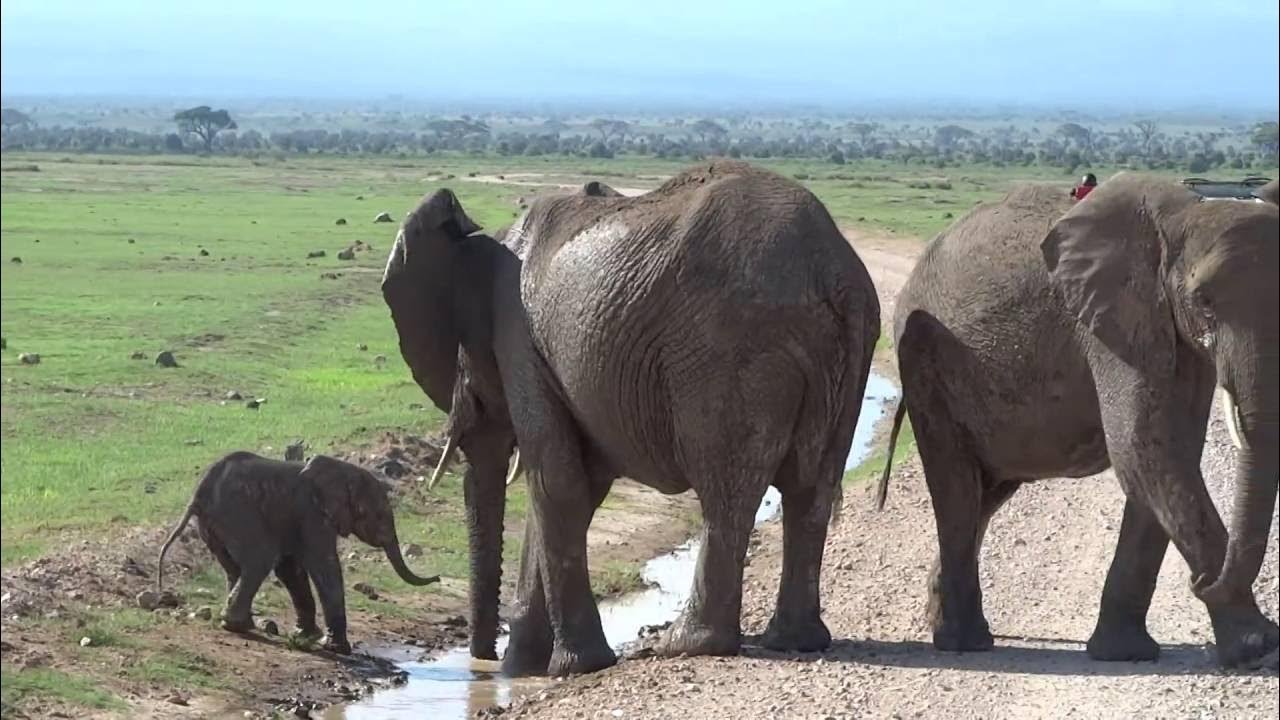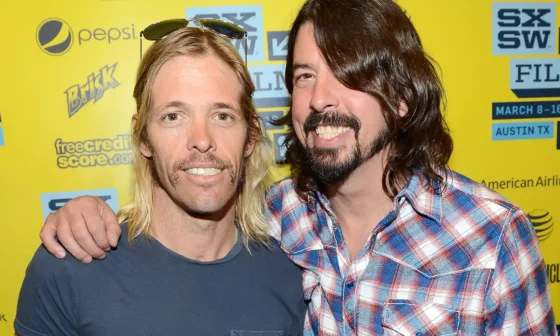SpaceX Plans Historic Mars Mission with Starship and Tesla’s Optimus Robot
Elon Musk has announced a bold new plan for space exploration. By the end of 2026, SpaceX aims to send its Starship spacecraft to Mars, carrying Tesla’s advanced humanoid robot, Optimus. This mission will be a major step toward Musk’s long-term goal of establishing human settlements on Mars by 2031.
A Big Step for Space Travel
Musk, the CEO of SpaceX and Tesla, shared this exciting news at a press conference. He provided a detailed timeline for the mission, emphasizing the importance of Starship and Optimus in laying the foundation for future human exploration.
Starship, the most powerful rocket ever built, stands 120 meters tall and is fully reusable. It has already undergone multiple test flights, helping SpaceX refine its technology for deep-space missions.
Optimus, Tesla’s humanoid robot, will play a key role in preparing Mars for human arrival. It will handle essential tasks like setting up infrastructure, conducting research, and performing jobs that may be too dangerous for astronauts.
“Our primary goal is to create a sustainable presence on Mars,” Musk said. “Optimus will help make that happen by setting up the first base and testing the conditions before humans arrive.”
Optimus: A Robot Built for Space
Tesla introduced Optimus in 2022, showcasing its ability to perform a wide range of tasks, from simple household chores to complex operations. It stands about 1.72 meters tall and weighs 57 kilograms. Optimus is equipped with artificial intelligence that allows it to navigate challenging environments and adapt to new situations.
On Mars, Optimus will assist with essential duties such as repairing equipment, constructing basic structures, and ensuring a safer environment for future astronauts.
Starship: The Future of Space Travel
More than just a spacecraft, Starship represents humanity’s dream of becoming a multi-planetary species. Made from stainless steel, it is designed to carry up to 100 metric tons of cargo and eventually transport around 100 passengers per trip.
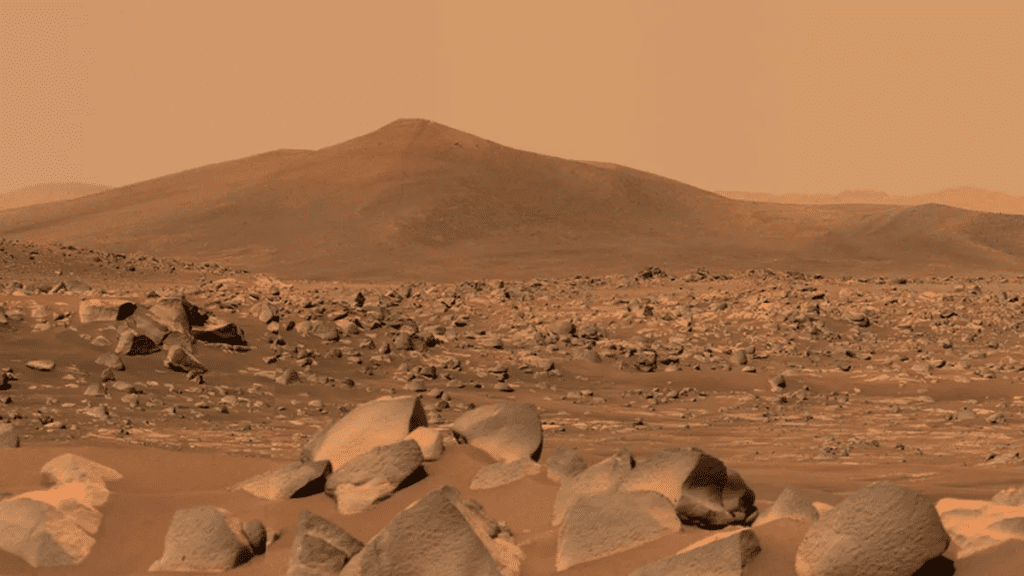
“Starship’s reusability is what makes this mission possible,” Musk explained. “By lowering the cost of space travel, we can make regular trips to Mars a reality.”
Mission Timeline and Goals
The 2026 mission will primarily test how well Optimus can perform tasks on Mars. Upon landing, the robot will begin setting up essential infrastructure, analyzing the soil, and installing solar-powered energy systems.
If this mission is successful, SpaceX plans to send astronauts by 2031. These astronauts will rely on the foundation Optimus helps build, making their stay safer and more efficient.
Challenges and Opportunities
Reaching and surviving on Mars presents many challenges, including long travel times, radiation exposure, and harsh environmental conditions. The success of the 2026 mission will be crucial in solving these problems.
SpaceX is working closely with scientists and engineers to develop solutions for life support, radiation protection, and robotics automation. Dr. Amelia Roberts, a NASA aerospace engineer, noted that using robots like Optimus will make early missions much safer for humans.
“By allowing robots to handle the initial groundwork, we can focus on making Mars a livable place for people,” she said.
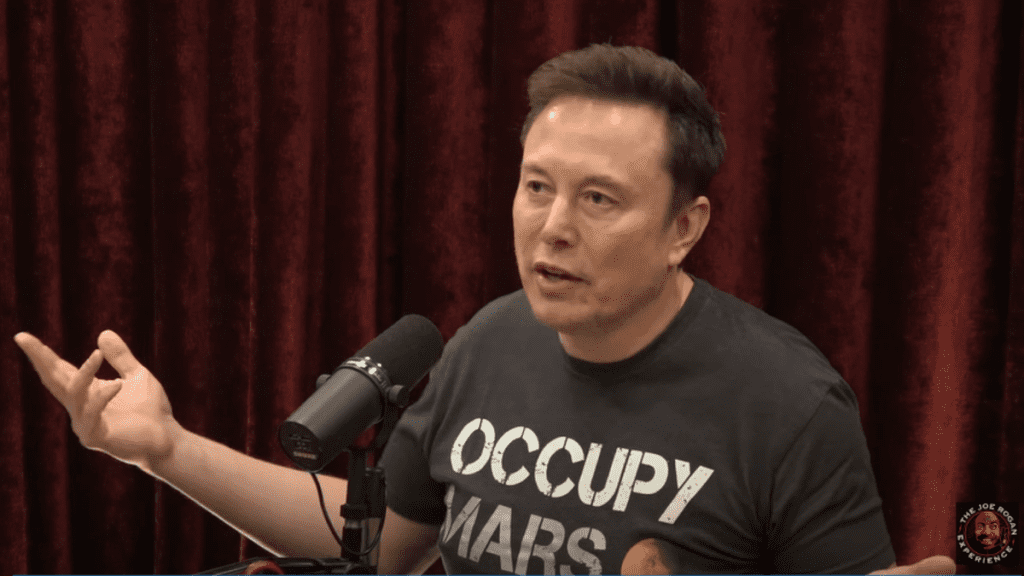
Excitement and Global Impact
The announcement has sparked excitement worldwide. Experts believe this mission will lead to further investment and innovation in space exploration.
Dr. Henry Liu, a robotics expert from MIT, explained, “This partnership between SpaceX and Tesla could change the future of space travel. If Optimus succeeds on Mars, it could also be used for difficult tasks here on Earth.”
The Future of Mars Colonization
Musk’s vision goes beyond just landing on Mars. He hopes to build a colony with thousands of residents, supported by an advanced network of autonomous robots.
“Mars is only the beginning,” Musk said. “If we can settle on Mars, we can explore even further. Starship and Optimus are just the first steps toward that future.”
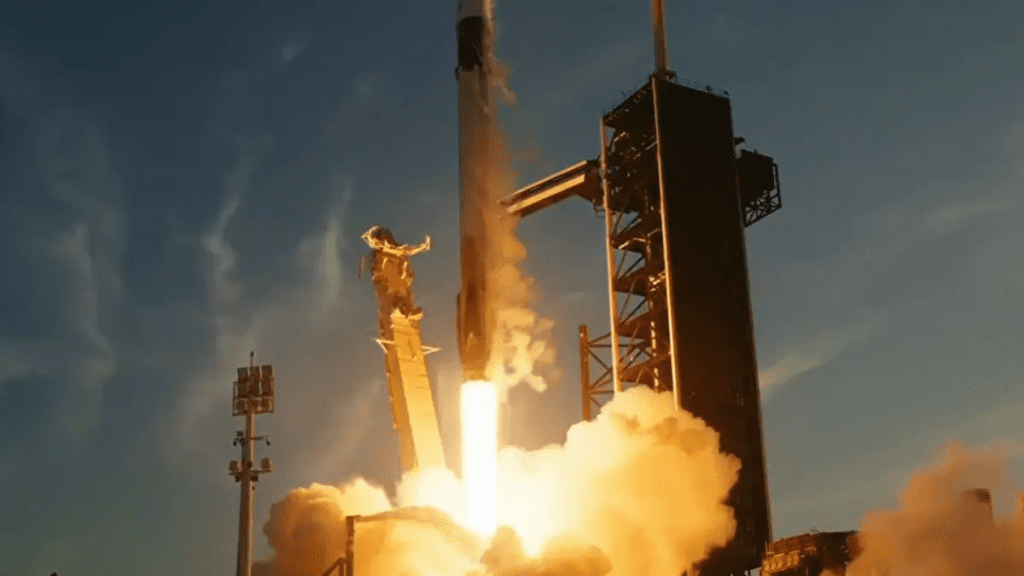
Looking Ahead
As 2026 approaches, both SpaceX and Tesla will continue developing and testing their technologies. Interest in the project is expected to grow among investors, governments, and space enthusiasts.
“We know this will be difficult, but we are committed to making it happen,” Musk said. “This mission is not just about SpaceX or Tesla—it’s about the future of humanity. What we learn from this journey will shape how we live beyond Earth.”
As space exploration reaches new heights, the world eagerly awaits what comes next. SpaceX’s Mars mission stands as a bold step toward the next frontier, bringing us closer than ever to life on another planet.
